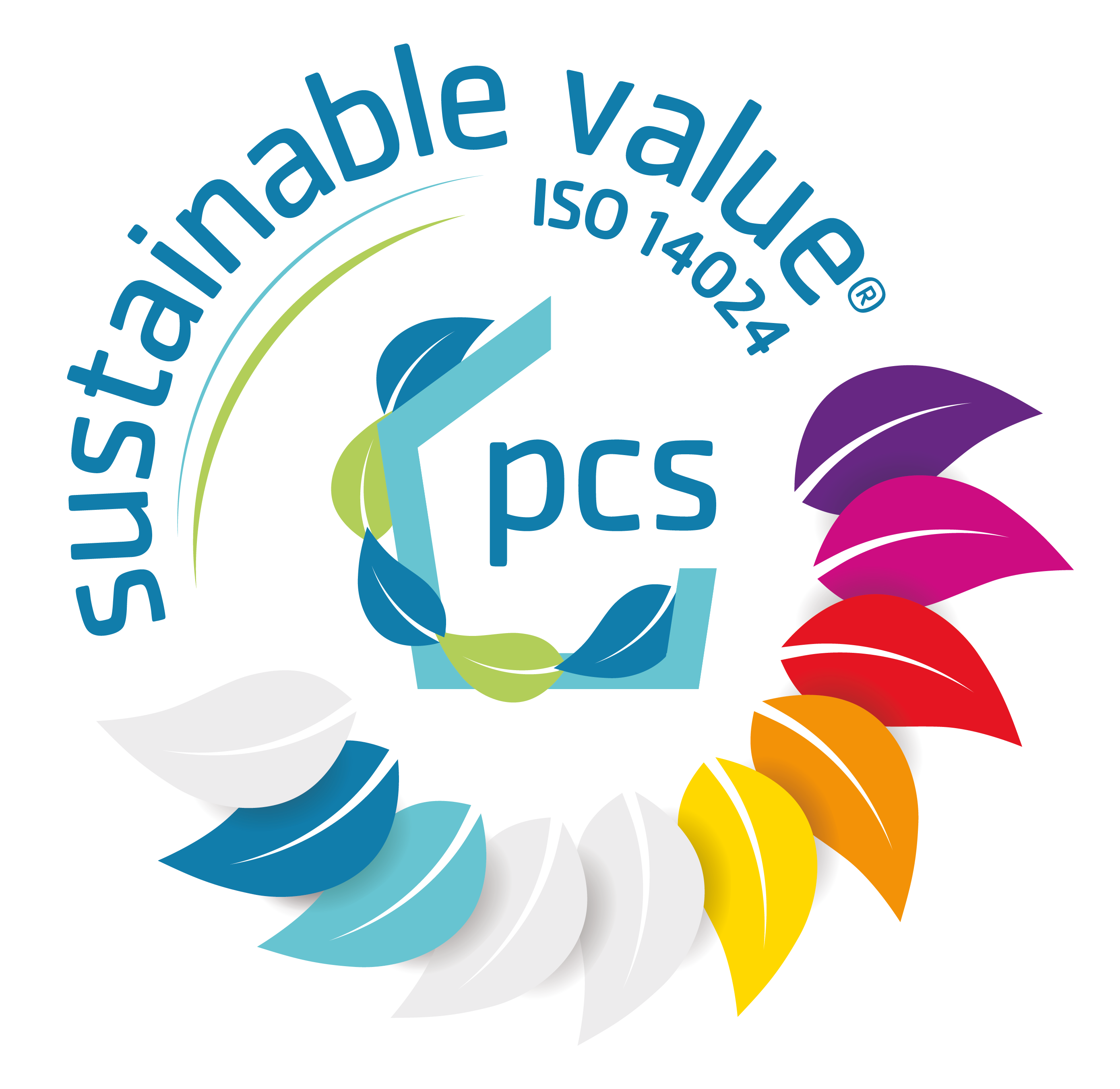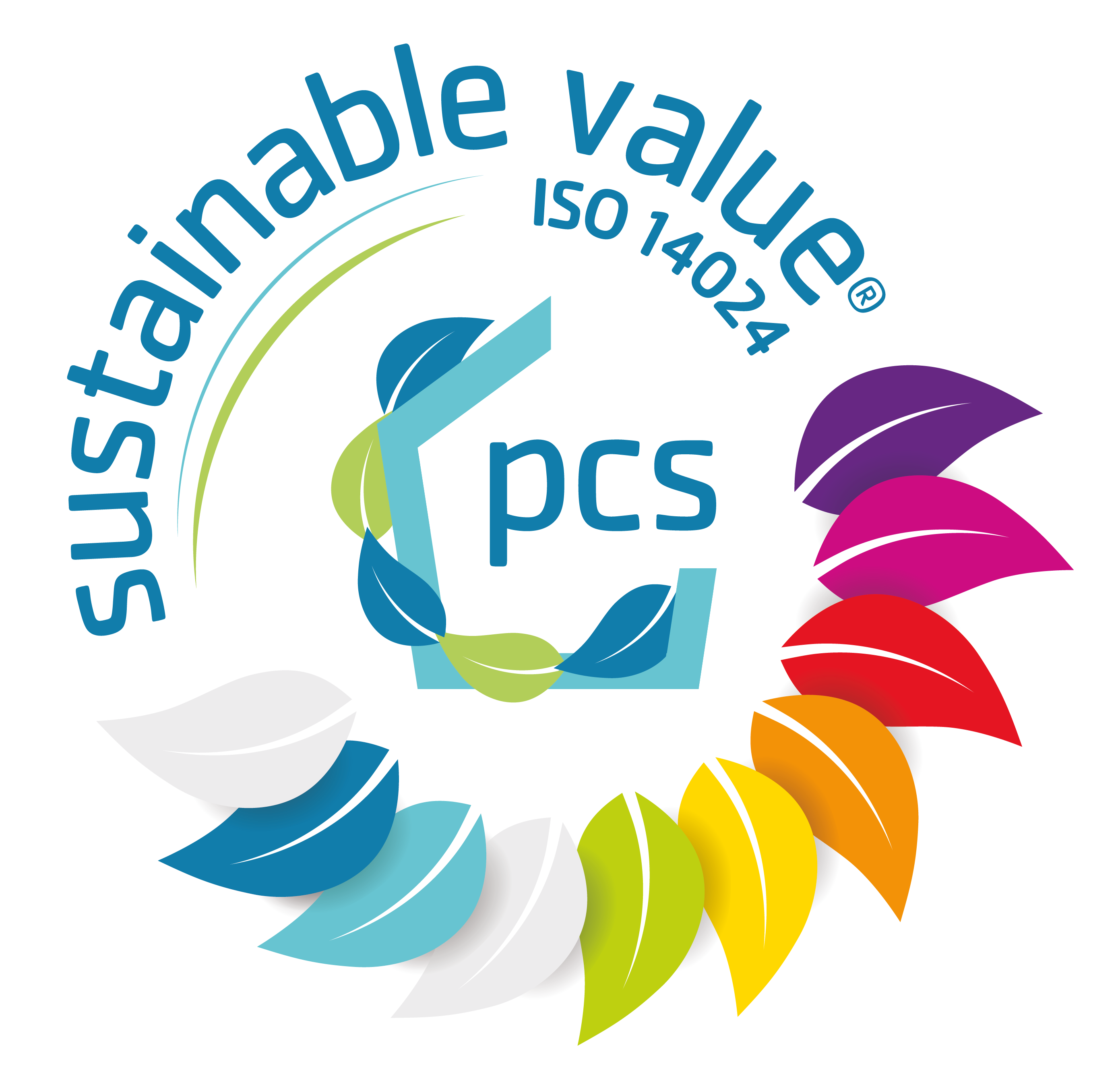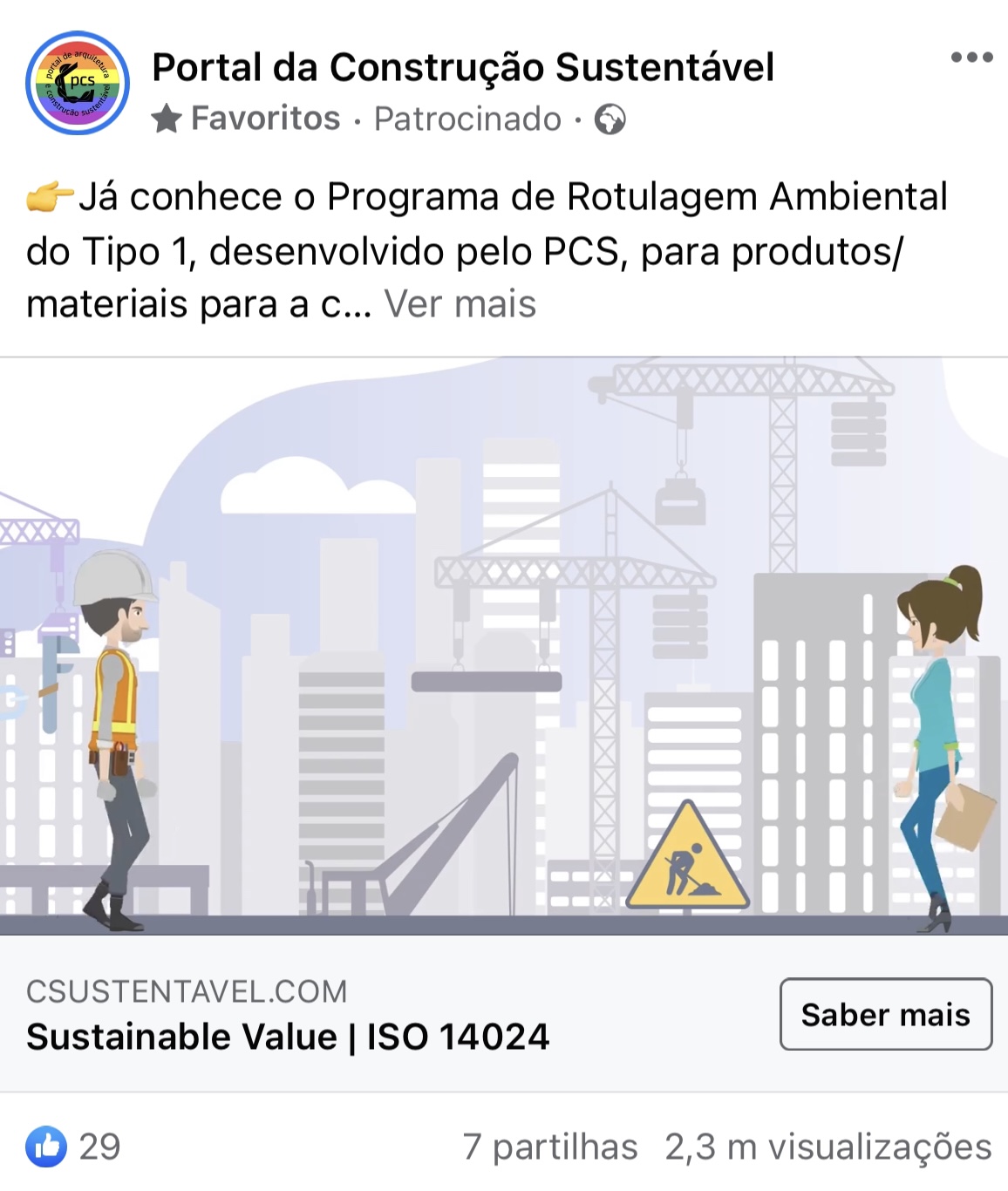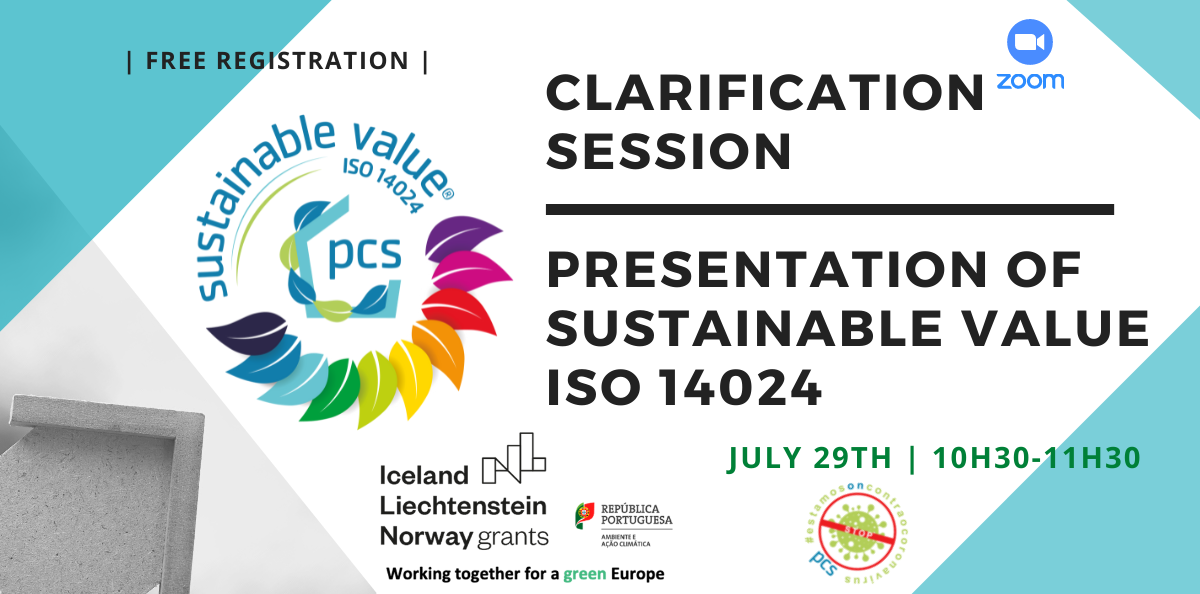It is an accepted fact in Europe that the construction sector has numerous environmental impacts: consumption of raw materials, energy, water, and waste generation. This label aims to inform about the reduction of these impacts. Products for construction will now be able to have a sustainability value assigned to them, in a transparent and quantified manner. And the consumer is informed of the environmental impact of that product, for an environmentally friendly choice.
EEAGRANTS
Through the European Economic Area (EEA) Agreement, signed in the city of Oporto in May 1992, Iceland, Liechtenstein and Norway are partners, in the internal market, of the Member States of the European Union.
As a way of promoting a continuous and balanced strengthening of the economic and trade relations, the parties of the European Economic Area Agreement have established a Multiannual Financial Mechanism, known as the EEA Grants, through which Iceland, Liechtenstein and Norway provide financial support to Member States of the European Union with the greatest deviations from the European average GDP per capita, which includes Portugal.
Under the EEA Grants 2014 – 2021, the Secretary General of the Environment and Climate Action it was operator of the Programme "Environment, Climate Change and Low Carbon Economy", and the intervention area was Circular Economy in Construction sector: the application of innovation in the construction sector and in the use of building materials which reduce the waste of energy and material resources and create value using digital technology. Support of demonstrative projects of economic and environmental advantages of an economy of less waste to encourage all economic sectors to adopt these models.
The project to be presented comprises an innovative service, with a strong capacity for market penetration and acceptance associated with the more sustainable construction of buildings and circular economy. The project translates into the creation of value to a certain product for construction, through the assignment of a seal, of innovative and intuitive design, which will distinguish it according to parameters of sustainability and circular economy, evaluating the material throughout its life cycle.
This project based them on the application of the International Standard ISO 14024, which concerns environmental labels and declarations, to encourage the demand for and supply of products that cause less disturbance to the environment, through the communication of verifiable and accurate information, thus stimulating the potential for market-driven continuous environmental improvement.
The parameters of this standard were carefully studied to value significant environmental gains and that translate into a lower environmental impact during the manufacture, use and deconstruction of a product for construction. There is no tool in Portugal that assesses the sustainability of a material for the construction of buildings, so this is an innovative dimension in relation to current practices, with a high potential for transferability and replicability in different contexts, based on clear and effective documentation.
This label clearly indicates, through an attractive and innovative design, that a product with this label will contribute to a better social, economic, and environmental environment, thus promoting the reduction of environmental impacts, and also informs how it should be deconstructed at the end of its useful life and its capacity for reuse, reuse and/or recycling, in the context of the circular economy.
Distinguishing a product in terms of sustainability will bring many benefits, as it enables a sustainable consumer choice.
Please highlight how the project can be exemplary in this context
The general objective of ISO 14024 is to create programes that contribute to the reduction of environmental impacts associated with products. Sustainable Value, according to this standard, applies to construction products since this is a sector with many negative environmental impacts.
Thus, the development of this project resorted to professionals in sustainability and construction, of the company itself, having been carried out a study of the state of the art, and it was found that there are few tools that assess the circularity and sustainability of a product. According to the Standard, the products were divided into categories and 10 environmental criteria were established. For the product to receive the label it must comply with at least 4 of these 10 criteria
The specific objectives are:
- Encourage manufacturers to produce more sustainable materials.
- To inform consumers about fewer polluting products in the construction sector.
- Contribute to the circularity of construction products.
These objectives are being met to the extent that, having implemented this certification less than a year ago, the company has already awarded more than 10 labels and is currently in the process of evaluating 13. Of course, if we have the opportunity for greater communication and dissemination of this service, it will be easier to label more products, for the benefit of all.
Besides the fact that there is an increasing demand for this label, the Portuguese Ministry for the Environment and Climate Change has included this label in its funding programes for sustainable building rehabilitation, from the Environmental Fund (European funding), granting greater funding to applications that opt for products with this label.
Please highlight how the project can be exemplary in this context
To provide clear, direct, and intuitive communication about the information contained on this label, we opted for a modern design that provides, through the image, the number of criteria that the product meets (knowing that it will have to meet at least 4 of the 10 criteria assessed).
Thus, a colour was assigned to each of the criteria, which are represented by "plant leaves" around the logo of the company that holds the certification. The project is completely exemplary in this sense, since through an image it is possible to identify the degree of sustainability of the product. The criteria were defined to evaluate:
C1 Consumption of resources
This criterion aims to understand the consumption of resources during the manufacturing and use process, as well as evaluating the resources used in packaging.
C2 Reuse & Recycling
This criterion evaluates the type of raw materials used, what is their valorisation at the end of its useful life and whether this information is made available to the consumer.
C3 CO2 Emissions
It concerns the measurement of emissions during the manufacturing process.
C4 Raw Material Extraction
It concerns the extraction and associated impacts
C5 Product Composition
This criterion evaluates the composition and which constructive method it is allowed to use.
C6 Embodied energy
Information on the calculation of the energy incorporated in the material from the extract ion of raw material to the finished product.
C7 Origin of Product or Component Materials
Investigation of the location of the raw material/product origin.
C8 Harmful to human health
It is checked whether the product contains harmful/toxic materials.
C9 Durability or Maintainability
Durability and maintenance are provided by the product warranty.
C10 Certification
It intends to find out if the product in question already has some environmental distinction and of certified quality. Each of the criteria corresponds to a different colour. (in bellow)
Please highlight how the project can be exemplary in this context
This project has been designed so that any product from a manufacturer or distributor of materials/equipment that relates to construction or the built environment, can be assessed with this tool. The products were divided into categories so that this label identifies the products whose environmental primacy is determined, in their category. The categories assigned for the construction materials/products were:
CATEGORY A Water consumption reducing products
Includes all products and/or equipment that save water resources during the use phase of a building.
CATEGORY B Energy consumption reducing products
It includes all products and/or equipment that save energy resources from fossil fuels, optimizing, for example, any energy production process, through heat recovery, solar panels, wind turbines… in the phase of use of a building.
CATEGORY C Insulation and coating materials
It includes all products for insulating a building, including composite products, and coating products except for ceramic materials, paints, and mortars.
CATEGORY D Paints, glues, varnishes, mortars, and waterproofing
Includes all materials that come from coating in liquid format, as well as binders and waterproofing.
CATEGORY E Ceramics and Glass
Included all ceramic materials, including sanitary, tiles, flooring and coatings, and glass.
CATEGORY F Construction components, doors, baseboards, handles, electrical material, frames, screws, etc.
It includes all construction components, such as sub-tiles, filling, wooden
structures, frames, screws, or decoration materials, among others.
CATEGORY G Home Appliances and Lighting
Includes all household appliances and lighting.
In this way it is possible to reach any product suitable for construction or even equipment to be installed in buildings already constructed and in use. The great added value is that the consumer can be informed of the environmental criteria to which a choice he makes when purchasing a material/equipment.
Please highlight how this approach can be exemplary
This project clearly fits in the development of standards for a more sustainable construction since it will enhance the circularity of materials and processes in this sector. It is a creative and innovative project that promotes the application of circular economy principles. The development of this seal to attribute a sustainable value to a product was based on scientific research and through surveys carried out with suppliers, allowing the assessment of environmental, social, and economic resources associated with the production and use of a product.
With the implementation of this project, it was possible to understand the country's need to certify construction products in a credible and scientific manner. Since this is a sector with numerous environmental impacts. This project promotes, on the one hand, an action that will clearly reinforce the company's capacity to ensure profits, and on the other hand, it provides companies supplying construction materials with access to a tool that will undoubtedly add value to their product. Commercialising a product that stands out in terms of sustainability will bring a great number of benefits, namely it will enable these products to enter new markets and attract new clients.
The consumer will now have the possibility to opt for more sustainable choices for the construction sector and the built environment. With the help of the ISO referred to, the sustainability of each construction product is assessed, informing the consumer of the correct choice when deciding for a construction product. It is also an opportunity to push building material suppliers to a higher level, as companies will work towards obtaining this seal, and will consequently be valued for having products that will be labelled as promoting a better and more sustainable built environment.
This project clearly fits into the category for which it is applying, as it comprises an innovative service with a strong capacity to shape a circular industrial ecosystem and support life cycle thinking, with a strong possibility of penetration and acceptance in the construction market.
In the creation of the project there was always the concern to value parameters that provide significant environmental gains and that translate into a lower environmental impact during the manufacturing, use and deconstruction phase of a construction product. The label will indicate that the certified product was developed and will contribute to its use phase to a better social, economic, and environmental environment, thus promoting the reduction of environmental impacts, and will also inform how it should be deconstructed at the end of its useful life and its capacity to be reused, reused and/or recycled.
Thus, this project could shape an existing ecosystem, leveraging a thought focused on the life cycle and reduction of environmental impacts. This is a quality and innovative service for the area of ecology and sustainable development, this being a strategic focus, particularly regarding the circular economy associated with the construction sector.
This is proven by the demand for certification of their products by both national and international companies. In Portugal, the first company to certify its products was one of the largest exporters of construction material, the Amorim Cork group.
Please also explain the benefits that derived from their involvement.
To achieve the goal of encouraging the demand and supply of products that cause less environmental impact, the involvement of civil society was necessary. It was verified that there is still a population that doesn't believe in the environmental benefits. Therefore, it was necessary that this sustainability label be communicated, through verifiable and accurate information, not misleading, on sustainability aspects, thus stimulating the potential for continuous environmental improvement oriented towards the construction sector.
From now on any company may submit its products/materials for evaluation by the Sustainable Construction Portal (BONGREEN, LDA), to label their products. It is believed that this label, unique in Portugal, at the level of this type of labelling, may be a valuable contribution in the path of a greater sustainable development of the construction sector, one of the most polluting sectors. Furthermore, this label has been patented by the EUIPO - European Union Intellectual Property Office.
This project, besides being innovative, was highly challenging. On the one hand, because there is a natural resistance on the part of building material suppliers to change the paradigm. On the other, because consumers in general are not aware of how environmentally correct options can bring enormous benefits, including economic benefits.
Our company, namely the Portal of Sustainable Construction www.csustentavel.com, has been fighting for 12 years for more information for all, from the responsible for the construction sector to the consumers in general. In our opinion, this will always be the great challenge in this area.
Fortunately, climate change is on the agenda, and finally, everyone is becoming aware of the need for a better environment. Sustainable Value is one more tool that intends to help towards a more sustainable construction and provide information in this area in a transparent and easy to understand way. The communication has been effective, as we have more and more requests for this certification.
Despite the current environmental alert, the construction sector urgently needs to change its habits. Environmental issues are entering political agendas and petroleum-based materials are being excluded from various sectors. But unfortunately, in the construction sector it is still used in situations where there are viable, natural, and more sustainable alternatives. This label does not allow the evaluation of a plastic product, where there is a viable alternative. The European Parliament passed legislation in 2019 to ban across the European Union (EU) several disposable plastic products. The ban came into effect in 2021. But the thing is, not only disposables cause harm. All those that at the end of their useful life cannot be fully recovered will be discarded, such as those used in construction solutions.
And it is inside buildings that we spend 90% of our lifetime. And what happens is that those who live in buildings don't know the environmental value of the materials that compose them. And it is this issue that this label aims to clarify, while contributing to greater sustainability in the sector.
And we all need to be aware and stop polluting. If we continue at this rate, the sea will contain in 2025, about 1kg of plastic, for each 3kg of fish (Ocean Conservancy). Citizens and governments need to mobilise, urgently, to stop this avalanche of polluting materials, such as plastic, which are used without need, because there are viable and non-polluting alternatives.
Please provide clear documentation, communication of methodology and principles in this context.
Sustainable Value was developed so that it can be used in Portugal and around the world. It has a design that can be replicated and used by other companies. This would be our greatest desire, to take sustainability to most of the population and apply the seal to as many materials as possible.
That is why it was developed based on an international standard, which can use the formula in other contexts.




@BONGREEN, LDA (Portal of Sustainable Construction), 2021
Content licensed to the European Union.